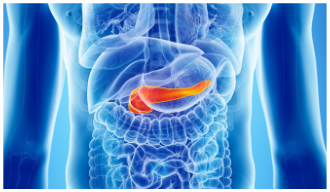Results from new clinical study that enrolled 172 patients at 8 non-academic centers in the United-States was presented at 2018 World Congress of Endoscopic Surgery hosted by SAGES and CAGS on Thursday, April 12, 2018 at 1:30 PM PDT
Mauna Kea Technologies today announced the presentation of results from a large, prospective, multi-center trial at the 2018 World Congress of Endoscopic Surgery jointly hosted by the Society of American Gastrointestinal and Endoscopic Surgeons (SAGES) and the Canadian Association of General Surgeons (CAGS), being held April 11 – 14 in Seattle, WA. The presentation was entitled, “Real-Time Diagnosis of Barrett’s Esophagus: A Prospective, Multicenter Trial Comparing Confocal Laser Endomicroscopy with Conventional Histology for the Identification of Intestinal Metaplasia in Novice Users.”
The prospective, multi-center study included 172 patients scheduled for a Barrett’s Esophagus screening or surveillance endoscopy. Random four quadrant biopsy (Seattle protocol) performed under high-definition white light endoscopy was compared to pCLE using Cellvizio and interpreted in real time and after the procedure. The key results were as follows:
- Intestinal Metaplasia (IM), or Barrett’s esophagus, was identified in 99 patients with Cellvizio compared to only 46 patients with the Seattle protocol (p<0.0001), an increase of more than 100%;
- Blinded expert review of discrepant IM detection yielded confirmation of IM detected with pCLE in 56 of 61 patients with negative tissue biopsies.
“Monitoring gastroesophageal reflux disease (GERD) is critical because Barrett’s esophagus is associated with increased risk of developing esophageal cancer,” said Paul A. Severson, MD, FACS, Co-Director, Minnesota Reflux and Heartburn Center. “The current standard methodology, the Seattle protocol, is poorly followed and has a very low diagnostic yield. Probe-based Confocal Laser Endomicroscopy is considerably more sensitive, as demonstrated in this study, even when performed by novice users.”
Sacha Loiseau, Ph.D., Founder and Chief Executive Officer of Mauna Kea Technologies added, “This large multi- center study confirms that endoscopists can more than double their detection rate of patients with intestinal metaplasia and dysplasia when using Cellvizio, with a short learning curve. This demonstrates once again not only the broad applicability of the technique in clinical practice but also its significance for patient care and cancer prevention.”


